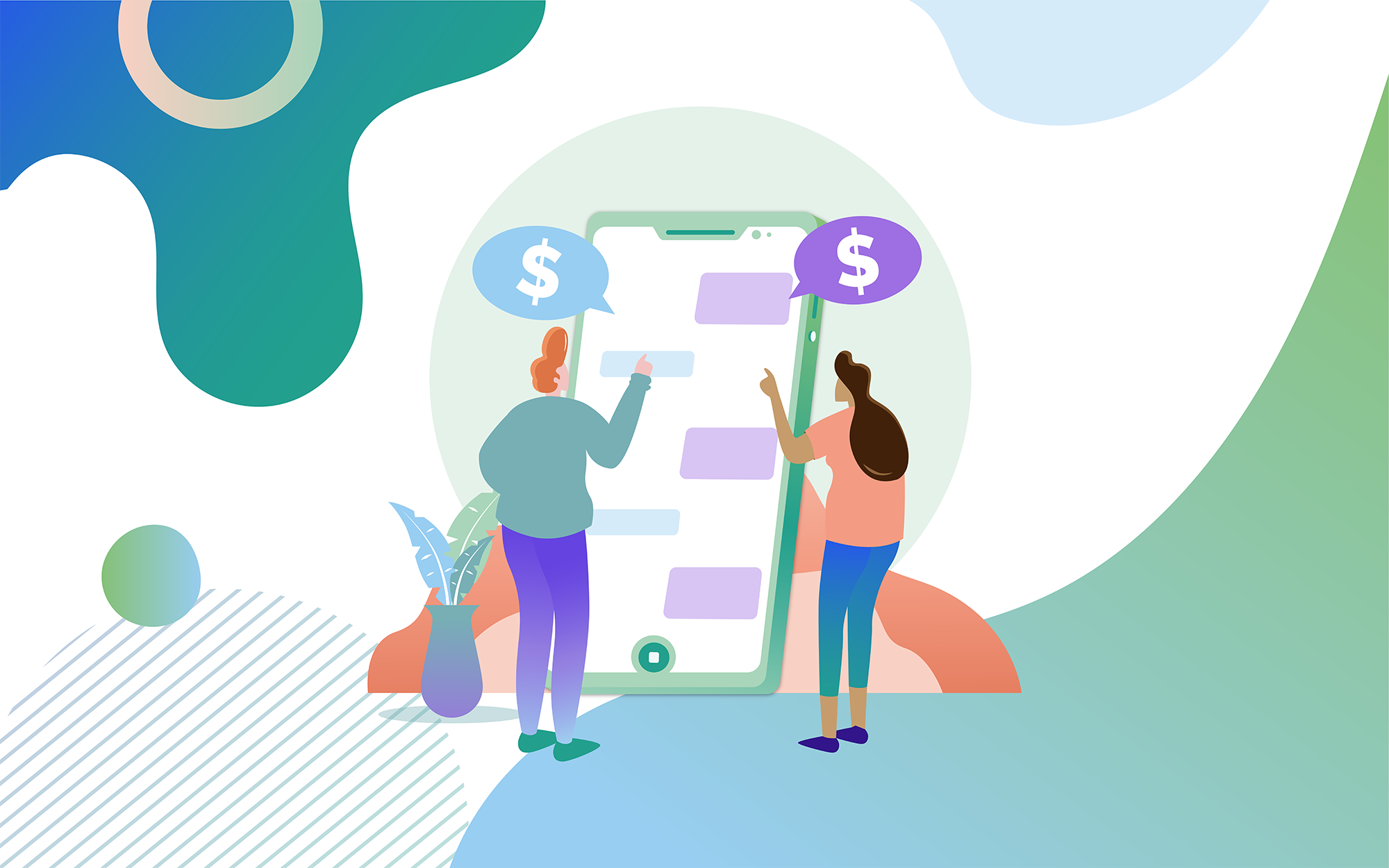Client + Challenge
MoneyVerbs is an app that helps individuals set up for financial success by providing guidance in goal setting, learning about financial topics, and testing knowledge via in-app challenges while being supported by the in-app community. When I joined the team as a consultant at NCXT, surveys and a/b testing were the only methods to elicit user feedback. There was a need for more direct user insights and deeper cross-functional collaboration in the app development process.
Solution
To ensure the app accurately met users' needs and was cohesive with other brand touchpoints (app store, website, marketing, and sales assets), I created a structure for testing and incorporating user insights while keeping other Moneyverbs' teams in the loop. Through more regular and consistent research with users and the sharing of findings with the team, we uncovered insights that guided the prioritization, design, and development of app features in line with users' needs and desires in addition to the greater Moneyverbs’ brand and ecosystem.
Tools
Figma, Miro, Google Hangouts, Zoom, Google Drive, Monday.com, Typeform, Optimal Workshop
Methods
Heuristic Analysis, Remote Moderated Usability Testing, Surveys, Design Thinking Brainstorms, Card Sorting
Process
Participant Recruiting
The surveys and A/B tests performed before I joined the team utilized Optimal Workshop's participant recruitment tool. This tool, however, was limited in its ability to reach users in our target demographic. To recruit users who more accurately reflected our desired audience, I partnered with Marketing to recruit participants for testing. From the campaign, we generated a pool of over 250 test participants and growing. The demographic data collected also allowed us to better segment users by data such as geographic location, level of education, income range, gender identification, and race/ethnicity.
Primary Demographic
18-26 years old
Minnesota based
Full/partial-completion of post-secondary education
Seeks to improve their current/future financial situation
Human-Centered Design
Emphasize
To ensure a well-rounded understanding of users and the product space, our team utilized various research methods. Besides collecting bi-weekly insights through moderated usability testing, I analyzed the competitive landscape, look to other industries solving similar challenges, employed discovery surveys, and conducted Jobs to Be Done interviews. The mix of methods helped us best understand user pain-points, needs, and desires while acknowledging the strengths and opportunities in the FinTech space, enabling us to prioritize unique features that deliver the most significant impact to users.
Define
After gathering initial insights from research, everything is synthesized into actionable findings and recommendations and clear problem statements.
Ideate
To generate design solutions that meet users’ needs and desires, our team hosts remote collaboration sessions via Miro. I facilitate the sessions on topics ranging from Points, Badges, and Levels architecture to creating experiences for affiliate partnerships. The sessions help get all the ideas on the table and then narrow in on ones that have the most impact.
Prototype
Then solutions are created by the design team in the form of lo-fi and hi-fi Figma prototypes. Lo-fi prototypes are tested before being translated into hi-fi, and hi-fi prototypes are tested before being passed off to development.
Test
To ensure our designs accurately reflected the needs of those it is intended to serve, we solicit feedback from users on the prototypes via remote, moderated usability testing. Testing goals are created based on the designs tested, and a set of tasks walk users from our target demographics through the experience.
The team tests new designs, hi-fi, and low-fi, Each sprint (every two weeks) on five users via virtual moderated usability testing.
Next Steps
While NCXT’s contract with MoneyVerbs wrapped up, the next steps suggested for MoneyVerbs are starting research with more in-app users. Additionally, cross-referencing UX research with data analytics and user behavior will help paint a richer understanding of users. As the research repository grows, there is also an opportunity to further segment users based on interest in specific financial topics to enhance the experience of particular tracks in the app, such as budgeting and saving, credit, and investing.


